Geologists need to gain a comprehensive understanding of our planet, so they rely on drilling samples from rocks to uncover invaluable information about Earth’s past, makeup, and inner mechanics. The extraction of core samples is a complex undertaking that necessitates the employment of a multitude of tools, resources, and strategies.
When it comes to obtaining a sample from a rocky terrain, the initial choice relies on what kind of drill bit you will be using. The correct bit must be chosen depending on the rock’s particular composition, as there are specific forms of drill bits made to penetrate the various types of rocks.The most popular model is the diamond core bit, capable of breaking through even the toughest formations. Different variants such as tungsten carbide, carbide-tipped, and masonry bits are also available for use against rock of varying solidity levels.
Making sure the drill is properly lubricated is essential for a successful operation; a task which calls for something like WD-40 or a comparable substance. Without such lubrication, the drill bit can become mushy and stuck in the rock as opposed to slicing through it effortlessly.
Having sufficed the drill with lubricant, it is time to commence drilling. It is essential to commence from the midpoint of the rock sample and move in a steady pace outwards. Throughout this, it is imperative to remain vigilant when it comes to lubricating the drill bit to prevent it getting stuck. Moving steadily and intermittently pausing every few centimeters to allow the drill to cool down are essential components of the drilling process.
After the drill has burrowed to the prescribed depth, it is time to obtain the sample. This is accomplished with a core barrel. This apparatus is a hollow tube that envelops the bit and gets lowered into the rock to secure the core specimen as the drill is gradually hauled back up. In doing so, the aggregate can be successfully removed.
Once the core sample has been obtained, researchers can delve into its secrets. Depending on the type of rock, the core sample may be dissected into thin slices in order to be studied or left as it is. Either way, information about the composition and structure of the rock can be pinpointed and analysed in great detail.
In geological studies, drilling into rocks is an intricate process, one that necessitates special tools as well as advanced techniques. Careful selection of the drill bit and lubricating the drill followed by proper harvesting of the core sample are key to garnering knowledge about Earth’s evolution, structure, and makeup.
Obtaining specimens from the depths of the Earth’s crust is integral to geological fieldwork; a process known as drilling rock samples. This practice allows scientists to study and analyze materials in their labs that would have otherwise been unavailable. Additionally, it can be used to unearth geological resources such as oil, gas, and minerals. This article will provide further insight into the process of drilling rock samples.
Choosing an appropriate spot for drilling is the initial move when dealing with rock samples. Depending on the rock type and purpose of the drill, this area must be carefully picked. For example, if mineral exploration is the goal then spot selection near likely geological formations to contain these minerals is recommended. After the location has been determined, the construction of the drilling rig is essential. This includes aligning the components such as the drill pipe, drill bit, and drilling fluid for operation.
Upon settling the rig in place, the drilling process may commence. Herein, the drill bit is carefully sunk into the rock before being set in motion at a vigorous spin. As the bit grinds away at the rock surface, a hole forms while a drilling fluid cascades within. This fluid serves a dual purpose: aiding in cooling operations and acting as lubrication for an otherwise arduous excavation. Further, the drilling fluid collects samples of shattered rock fragments to analyse further study.
The next step involves collecting the samples by means of a core barrel – a cylindrical tool attached to the drilling rig. This special piece of equipment aids in gathering pieces of rock which have been created by the drill bit. It comprises of many components, each one holding a sample. When the entire set of samples has been gathered, they are extracted from the core barrel and brought to a laboratory for further examination.
The core barrel provides us with samples that can offer up a wealth of knowledge. These specimens can reveal the composition and features of the rock, providing valuable insights for geological research. Additionally, the sample analysis can discover if there are any mineral deposits embedded in the rock – this could be beneficial while searching for minerals or oil and gas.
To wrap up, taking a closer look at rock samples through drilling is an imperative element of geological fieldwork. At its core, this process includes the use of a rig, fluid, and a core barrel to obtain specimens from down beneath the planet’s surface. Acquired samples are then brought to the scientific analysis laboratory for examination and may provide advantageous details in regards to geological studies.

Related Product

Cir Series Dth Bits(Low Pressure) Cir90-90
Down-the-hole (DTH) hammer bits are used with Down-the-hole hammers for drilling holes through a wide range of rock types. In conjunction with DTH hammers, drill hammer bits are de […]

Taper Bits
Taper bits, especially Tapered button bits are the most popular tapered drill bits with a wide selection of head diameters from 26mm to 48mm. With carbide buttons cold pressed on t […]
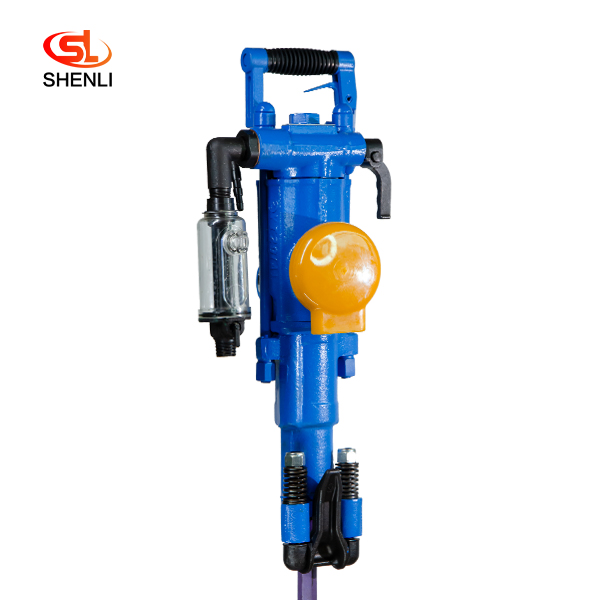
YT29A Air Leg Pneumatic Rock Drill Pusher Leg Rock Drill
YT29A air-legged rock drills are heavy-duty push-leg (air-legged) rock drills with low energy consumption, which are more suitable for drilling horizontal or inclined holes in medi […]
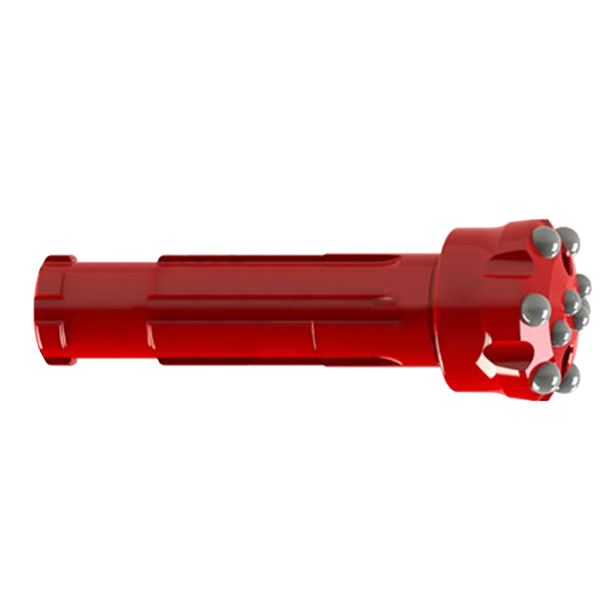
DHD Series DTH Bits(High Pressure) DHD
high pressure drill bit is mainly used in geological exploration, coal mine, water conservancy and hydropower, highway, railway, bridge, construction and construction, etc. Advanta […]
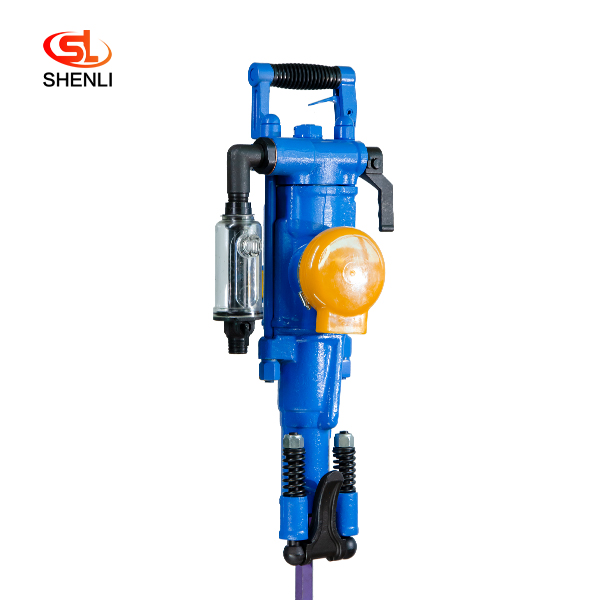
YT28 Air Leg Pneumatic Rock Drill Pusher Leg Rock Drill
The YT28 air-leg rock drill is a kind of high-efficiency, energy-saving and environmentally friendly rock drilling equipment. Compared with similar pneumatic products, the YT28 air […]
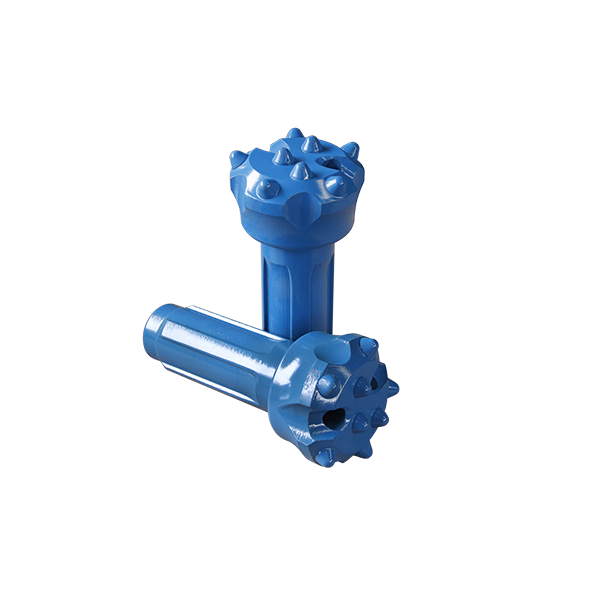
CIR Series DTH Bits(Low Pressure) CIR76-76
Down-the-hole (DTH) hammer bits are used with Down-the-hole hammers for drilling holes through a wide range of rock types. In conjunction with DTH hammers, drill hammer bits are de […]
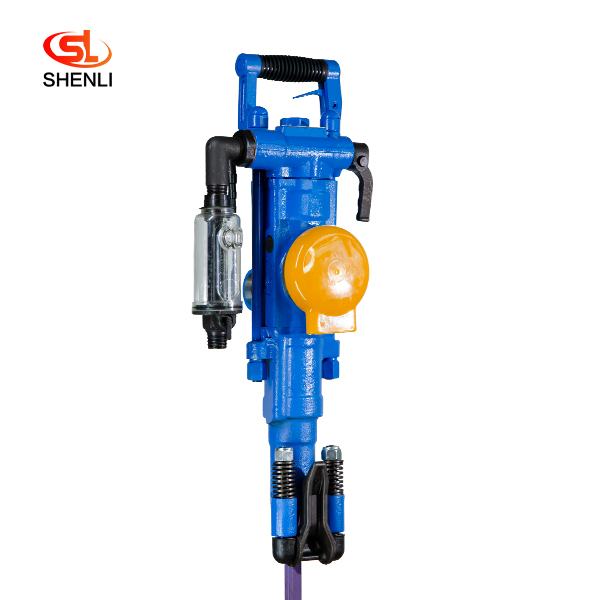
YT27 Air Leg Pneumatic Rock Drill Pusher Leg Rock Drill
The YT27 air-legged rock drill is a highly efficient lightweight rock drill suitable for downward or inclined drilling in medium-hard or hard (f=8 – 18) rock with a diameter […]
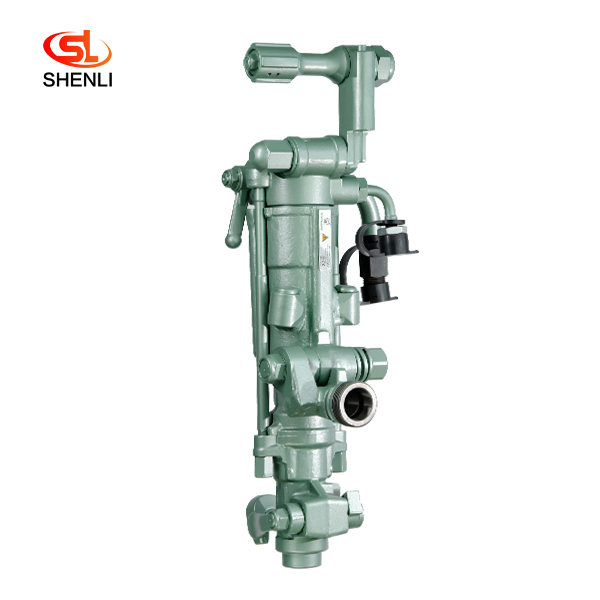
S250 Air Leg Pneumatic Rock Drill Pusher Leg Rock Drill
(S250 jackleg Drill) has been the preferred choice of miners who demand high performance, superior control and lasting reliability. the S250 jackleg allows operators to drill in co […]
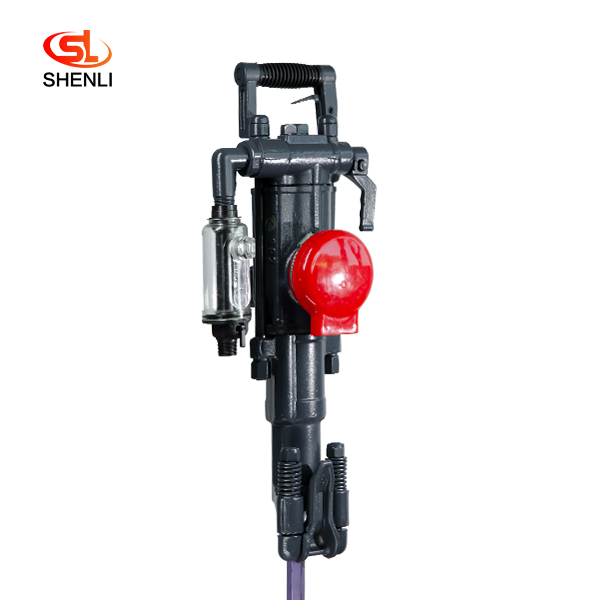
S82 Air Leg Pneumatic Rock Drill Pusher Leg Rock Dril
Model S82 air-legged rock drills are heavy-duty air-legged rock drills with high efficiency and low consumption, which are especially suitable for use in the construction of railro […]
Post time: 2023-07-11

